Creating the perfect homemade stir-fry sauce is a big deal in Asian cooking. Achieving the right balance of flavor and consistency can elevate your favorite stir fry recipes, transforming them from good to exceptional. Whether you are preparing beef, chicken, shrimp, or a simple vegetable stir fry, a well-thickened sauce can surely enhance every bite. Keep reading to learn 5 simple and easy ways how to thicken stir-fry sauce, along with some helpful storage options!
If you're wondering about how long can marinated beef stay in the fridge be sure to check out my blog post about that. And while you're at it, be sure to make this BBQ Beef on a Stick this weekend! They're a match made in savory heaven!
Jump to:
What is Stir Fry Sauce
At its core, stir-fry sauce is a savory concoction used in Asian cuisine. It coats the ingredients—whether it's a pound of protein like beef, chicken, or shrimp, or a medley of veggies like bell peppers, bok choy, and snap peas — infusing them with a burst of flavor.
A simple stir-fry sauce can contain ingredients like soy sauce (regular or low-sodium), sesame oil, fresh garlic, fresh ginger, and brown sugar. Meanwhile, other versions incorporate hoisin sauce, oyster sauce, teriyaki sauce, coconut aminos, or even a splash of dry sherry for added complexity.
The base of a stir fry sauce often includes a broth — chicken broth or vegetable broth are common choices. To give the sauce more depth, ingredients like rice vinegar, maple syrup or agave nectar, green onions, red pepper flakes, and sesame seeds may be added. The sauce is typically cooked in a hot wok along with the main ingredients, clinging to every morsel and making each bite a flavorful experience.
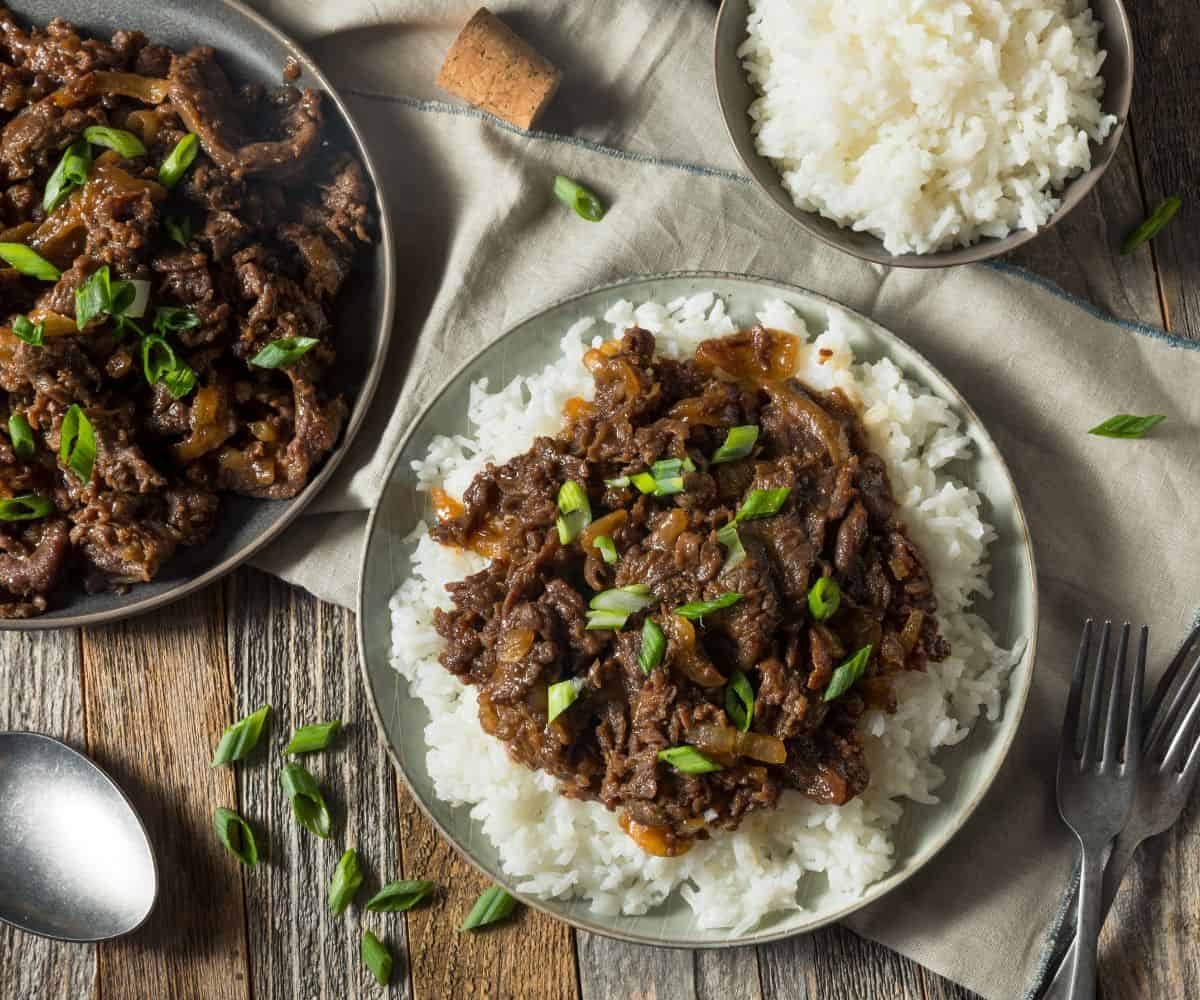
Method 1: Cornstarch Slurry
Favored in many Asian recipes, a cornstarch slurry is a tried-and-true method of thickening sauces. Whisk together a tablespoon of cornstarch with an equal amount of cold water until smooth, in a small bowl. This slurry can then be gradually introduced to your stir-fry sauce over medium heat, leading to a thicker, glossier consistency.
I suggest adding the slurry a little bit at a time, allowing the sauce to come back to a simmer between each addition as the full thickening power of the cornstarch is activated by heat. Also, be sure to taste your sauce after thickening. You may need to adjust the flavors, especially if you've used a large amount of cornstarch.
Method 2: Tapioca Starch or Arrowroot Powder
These are great alternatives to cornstarch, especially for those following specific diets. Like the previous method, create a slurry by mixing a tablespoon of tapioca starch or arrowroot powder with cold water in a mason jar, shaking until no lumps remain. Introduce this mix to your simmering sauce over medium heat, stirring constantly to achieve your desired thickness.
These thickeners work fast, so once your desired thickness is achieved, remove the sauce from the heat promptly to avoid over-thickening.
Method 3: All-Purpose Flour
Although not a typical choice for Chinese stir-fry sauce, all-purpose flour can work as a thickening agent in a pinch. Combine equal parts of flour with cold water to create a slurry, then gradually add it to your simmering sauce while stirring.
Bear in mind that flour can change the color of your sauce slightly, giving it a cloudy appearance. Also, because flour contains proteins, it might slightly alter the taste of your sauce. So it's a good idea to increase the amounts of flavorful ingredients, like fresh garlic or ginger, to maintain the savory flavor.
Method 4: Reduction
For a simple method requiring no additional thickening agents, consider reducing your sauce. Simmer your sauce over medium heat, allowing some liquid to evaporate. This process will naturally concentrate and thicken your stir fry sauce while enhancing the flavors of key ingredients such as brown sugar or maple syrup. However, keep an eye on it to avoid over-reducing, which could result in an overly thick and strong sauce. Keep tasting along the way to ensure a perfect savory balance.
Method 5: Vegetable Purée
A lesser-known method for thickening sauces involves using a vegetable purée. This option adds not only thickness but also an additional layer of flavor to your sauce. Taro root, bell peppers, or bok choy can be steamed and then puréed in a blender. This purée can be mixed into your simmering sauce, thickening it while also imbuing a delightful vegetal flavor.
Remember, the goal of thickening your stir fry sauce isn't just about achieving a certain viscosity; it's about making your sauce cling to your food better, delivering maximum flavor in every bite.
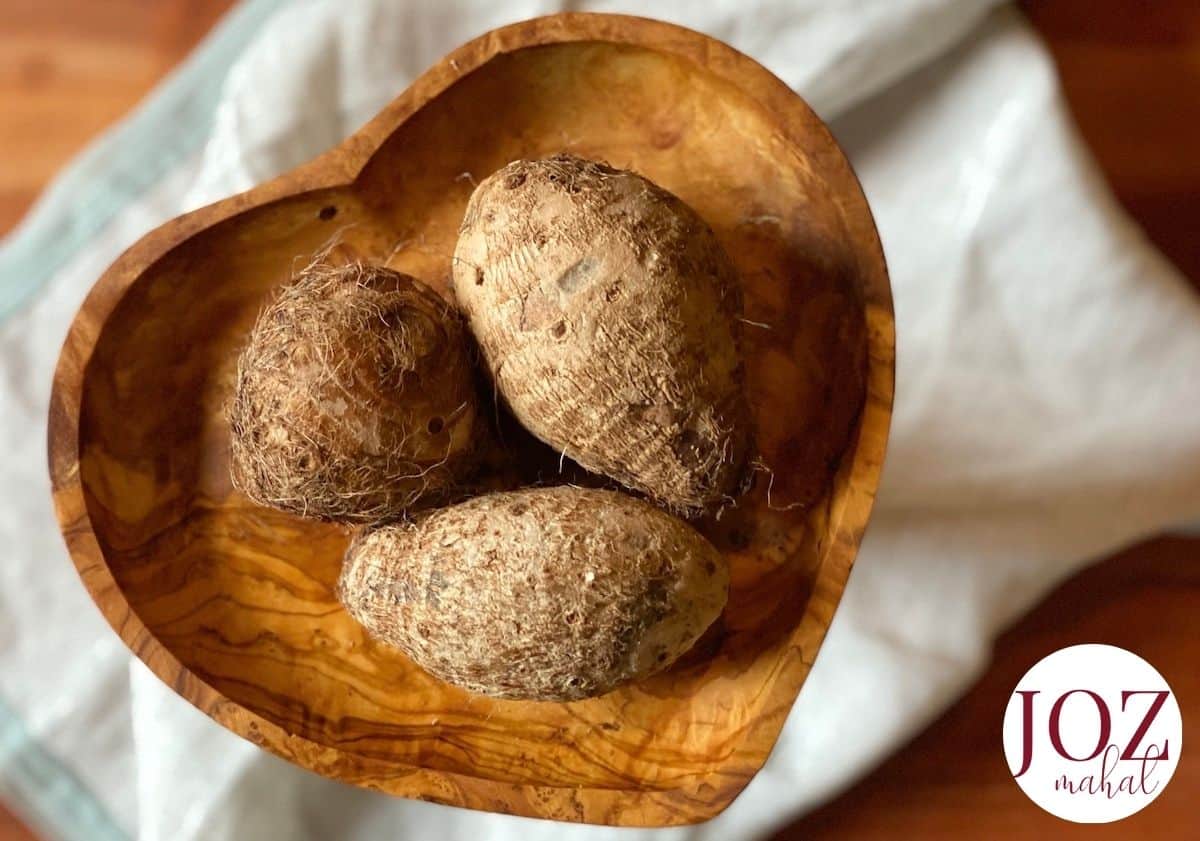
Storing Your Stir Fry Sauce
If you make a big batch of stir fry sauce, storing it correctly is essential for maintaining its freshness and flavor. Once your sauce has cooled, transfer it to an airtight container or mason jar. It can then be refrigerated for up to a week or frozen for up to two months.
For convenience during meal prep, consider freezing your sauce in portions using an ice cube tray. Once frozen, these sauce cubes can be transferred to a freezer-safe airtight container for easy future use. When you're ready to whip up a stir fry, simply grab the number of cubes needed and let them thaw before adding to your hot wok.
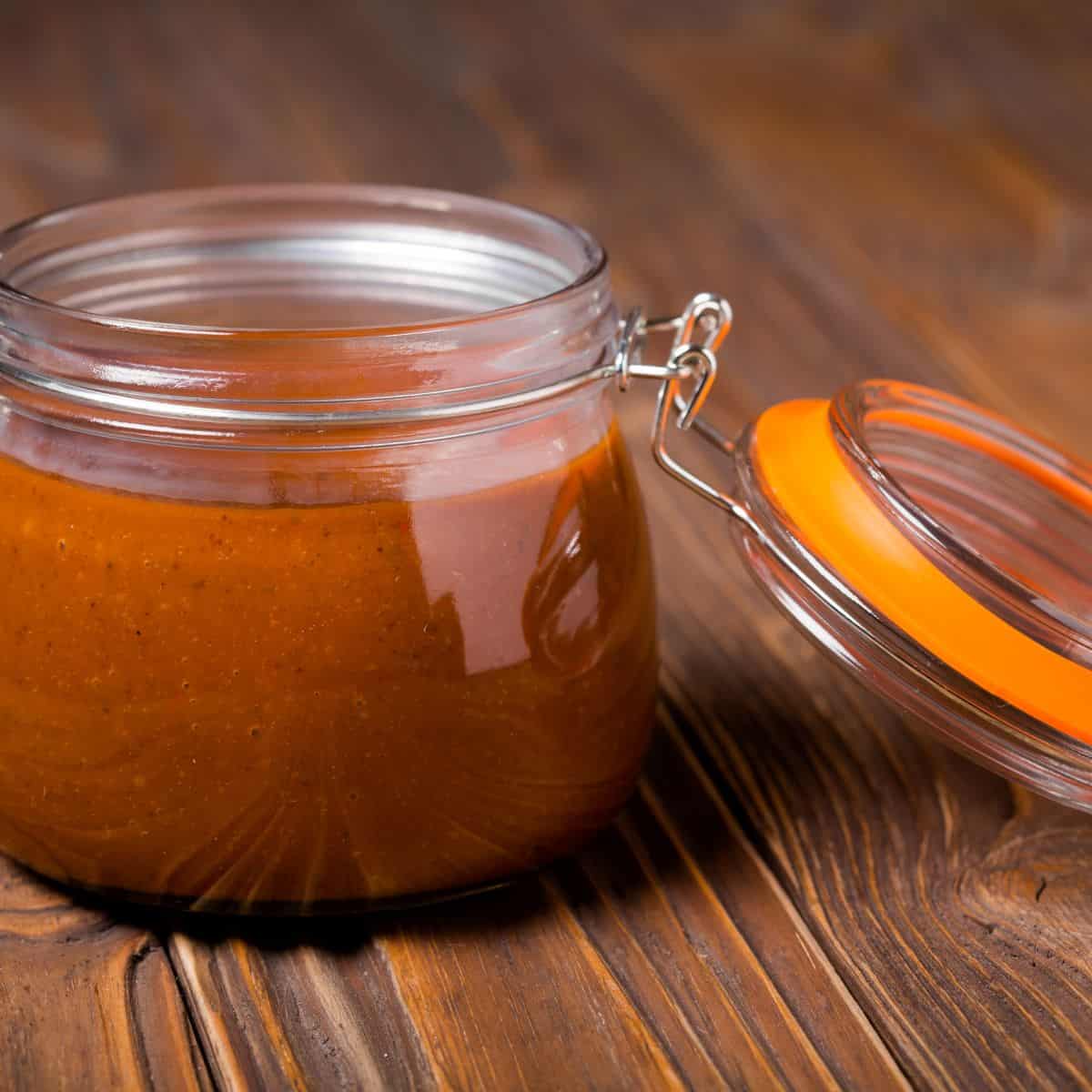
Recognizing When Stir Fry Sauce Has Gone Bad
It's crucial to know when your stir-fry sauce is no longer safe to consume. Over time, even properly stored sauces can go bad. Look out for any changes in smell, color, or texture. If the sauce develops a strange odor, becomes overly thick or slimy, or changes color, it's likely gone bad and should be discarded.
Creating your own stir-fry sauce at home might seem daunting, but with these simple steps and ingredients, it's straightforward and rewarding! Not only does homemade sauce infuse much more flavor into your dishes, but it also allows you to control the ingredients that go into it, customizing the flavors to suit your palate.
Now go on, give these methods a try. I’m sure there's a good chance you'll never want to return to store-bought sauce again!
And if you want to know other substitutes for soy sauce, be sure to check out my latest post!
Happy cooking!
Stir Fry Recipes
Looking for other recipes like this? Try these:
Other How-To Recipes
Check out some of these posts:
How-To Instructions

Instructions
Method 1: Cornstarch Slurry
- In a small bowl, whisk together a tablespoon of cornstarch with an equal amount of cold water until smooth.
Method 2: Tapioca Starch or Arrowroot Powder
- Create a slurry by mixing a tablespoon of tapioca starch or arrowroot powder with cold water in a mason jar, shaking until no lumps remain.
Method 3: All-Purpose Flour
- Combine equal parts of flour with cold water to create a slurry, then gradually add it to your simmering sauce while stirring.
Method 4: Reduction
- Simple process of thickening stir-fry sauce, by simmering over medium heat, allowing some of the liquid to evaporate.













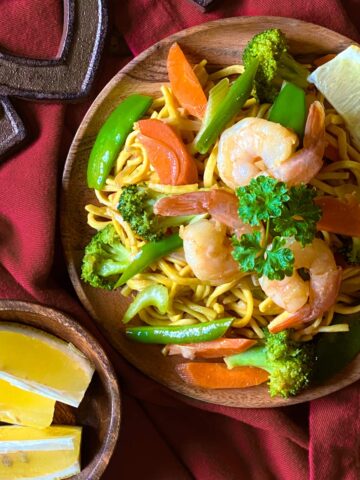
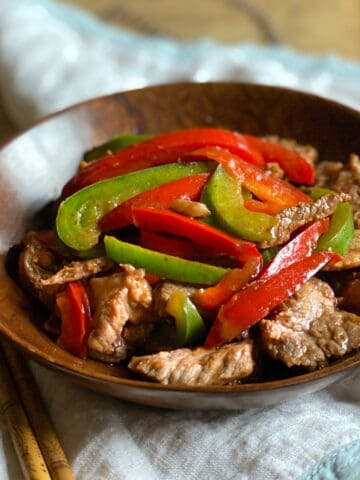

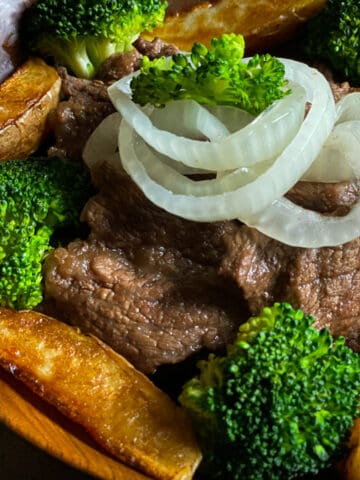

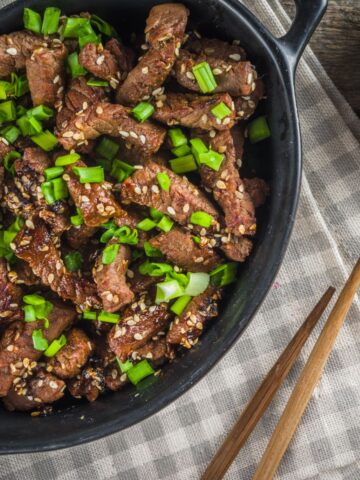
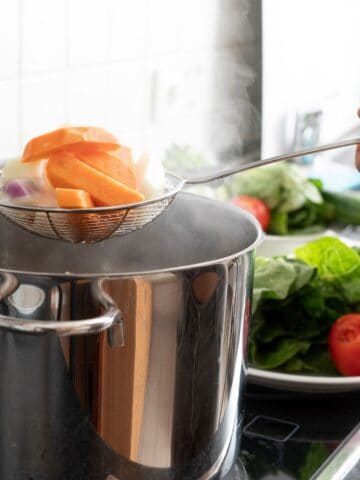
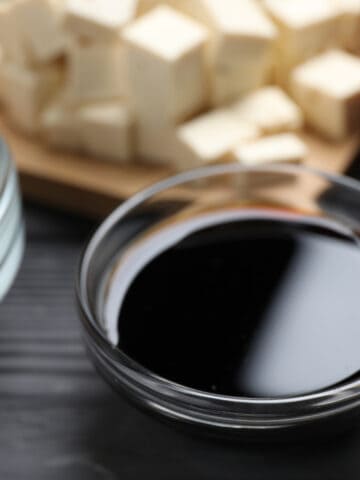





Comments
No Comments